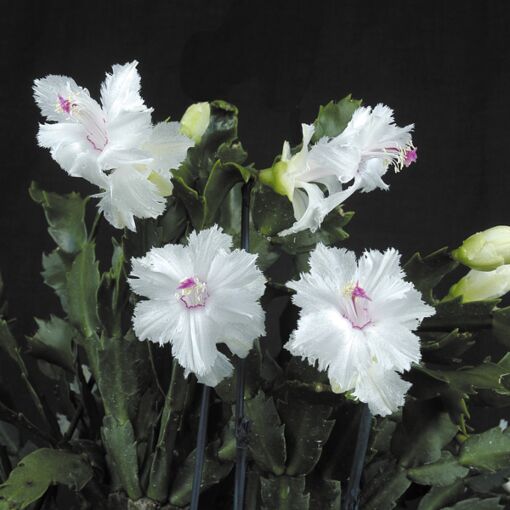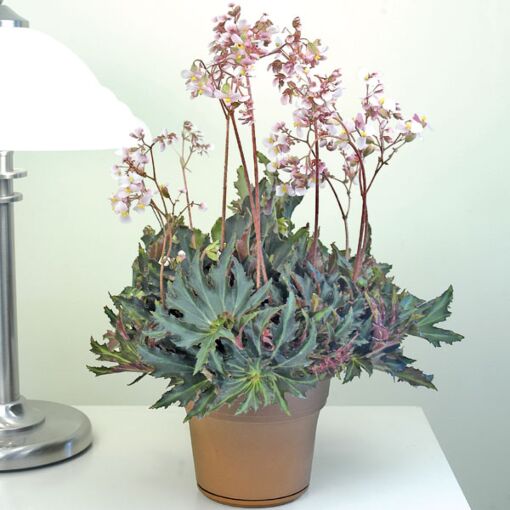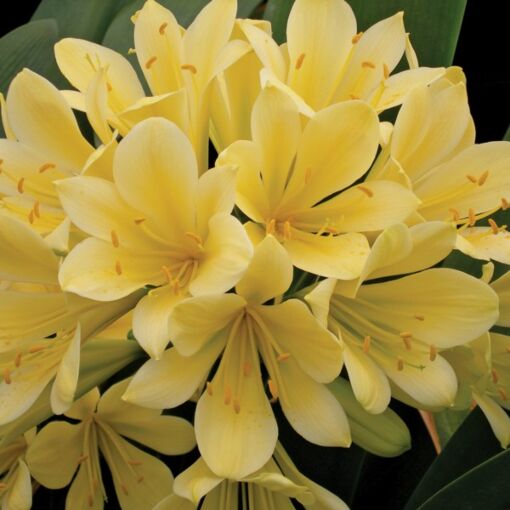
Short Day Bloomers - Plants that Flower in the Dead of Winter
By Laurelynn Martin and Byron Martin
 |
|
Christmas Cactus ‘Aspen’ |
 |
|
Begonia ‘Flemenco’ |
 |
|
Fire Lily ‘Good Hope’ |
Short-day plants flower when the natural day length is at a minimum during the late fall and winter. Yet, winter is the leanest time and often the most challenging time to bring plants into flower. Remember, the process of creating beauty takes place months earlier. Winter flowering plants usually fall into three groups: those that form buds during the short day length; those that prefer cool nighttime temperatures of fall; and those plants that flower year-round even under the low light of winter. Once you’ve been with these flowers in the dead of winter, we are sure you will want to continue that trend for next year.
Christmas Cactus bloom during the shortest days of the year. There are many colors and forms of Christmas Cactus for you to enjoy. To prolong flowering, keep the plants cool during the bloom cycle.
Many foliage begonias bloom during the winter season. Flower spikes rise above the foliage creating a dramatic display.
Some plants require cool temperatures and drier soil during the fall and winter months to bring them into bloom. Clivias flower best when you grow them fairly dry and on a cool window during the winter “resting period.” Their flowering cycle is from February to May. This cultural technique will bring clivias into bloom.

